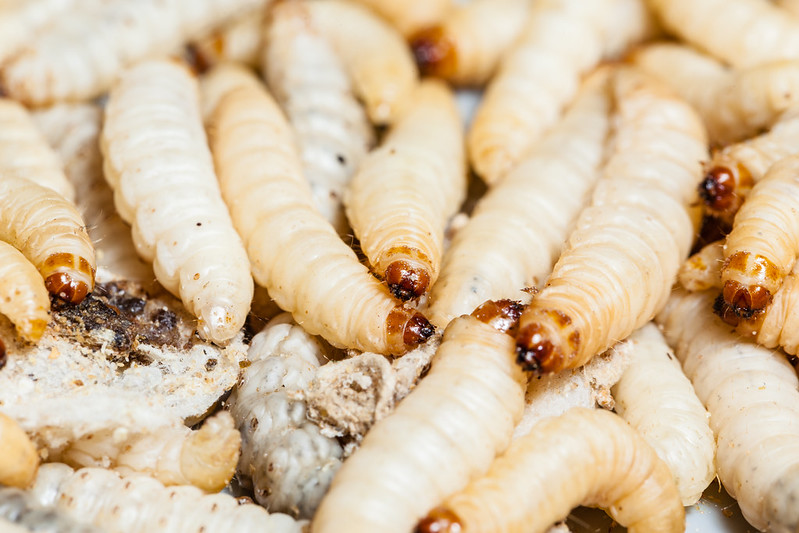



Larvae could replace soy in livestock diet
The black soldier fly could play an important role in sustainable farmingAccording to Wageningen Livestock Research, doing so allows for the use of nutrients that until now ended up in the incinerator. The larvae can now be used as pig or chicken feed, thanks to a recent EU amendment which previously banned the use of insects for feed.
“One of the missions of circular agriculture is to reduce residual and waste flows,” researcher Teun Veldkamp said.
Veldkamp works at Wageningen Livestock Research where he's been looking into the rearing of insects and the application of insect products.
“If we can bring lost proteins back into the nutrient cycle, less external protein such as soy is needed," he said. "These larvae are true omnivores; they eat almost everything. They are therefore champions in upgrading waste streams that we humans no longer wish to use.”


Veldkamp and colleagues investigated the growth of larvae on different diets.
“We used seven plastic containers with thousands of larvae," he said.
In each container different substrates were provided, including catering waste, solid pig manure, liquid pig manure, olive pulp and roadside silage grass.
Each container with a substrate was replicated three times. In total, 21 containers with in total seven substrates were tested.
The results were promising when it comes to catering waste and solid pig manure. The larvae that were fed catering waste even became almost twice as heavy as the control group.
“In summary, it seems that larvae can form an important new link in circular agriculture,” said Veldkamp.
In follow-up research, the researchers looked at how the larvae grew on substrates that differed in chemical composition and also how this affected the chemical composition of the larvae and the frass (combination of insect droppings, larvae skins from the different stages of development, and substrate that remains behind). Publications on this research are still in development.










